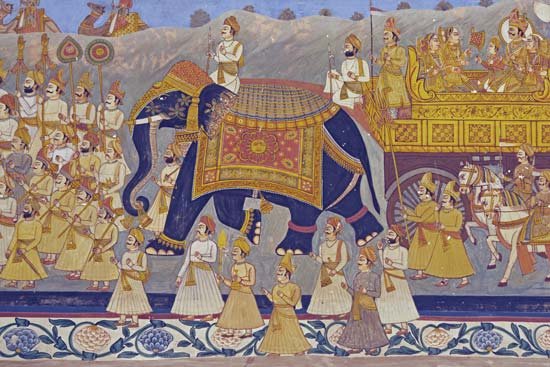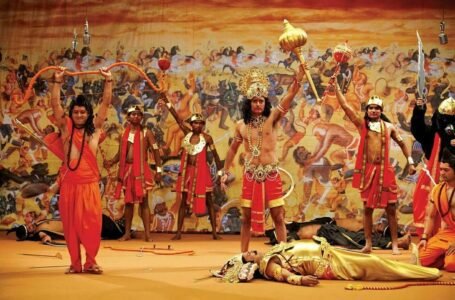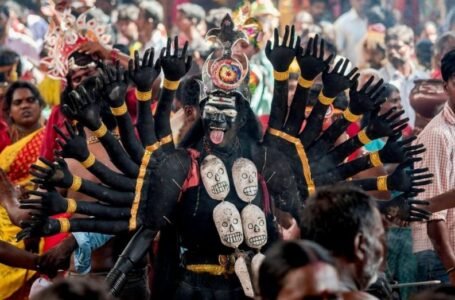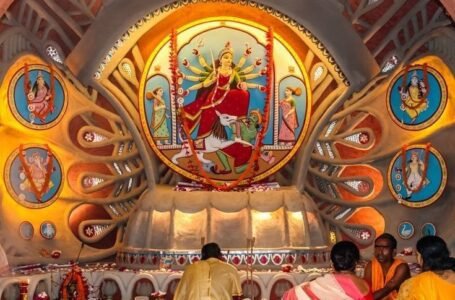POSHAK: RAJPUTANA CLOTHING
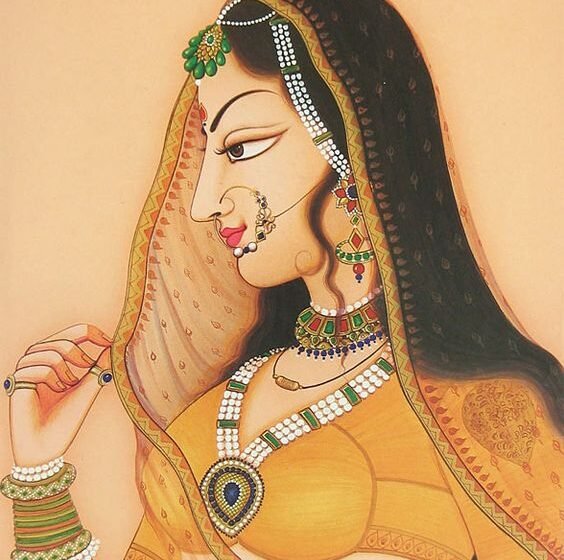
RAJPUTANA CLOTHING
” आप एक छोटे कदम से, छोटे से लक्ष्य की शुरुआत करके भी बड़े बड़े लक्ष्य को आसानी से पा सकते है”
Prithvi Raj Chauhan
The period of 500 years from the 7th Century A.D to the 12th Century A.D marks the Rajput Period. Hinduism got renewed during this period, also this period known as the age of chivalry. The Rajputs were divided into 100 clans and were very proud.
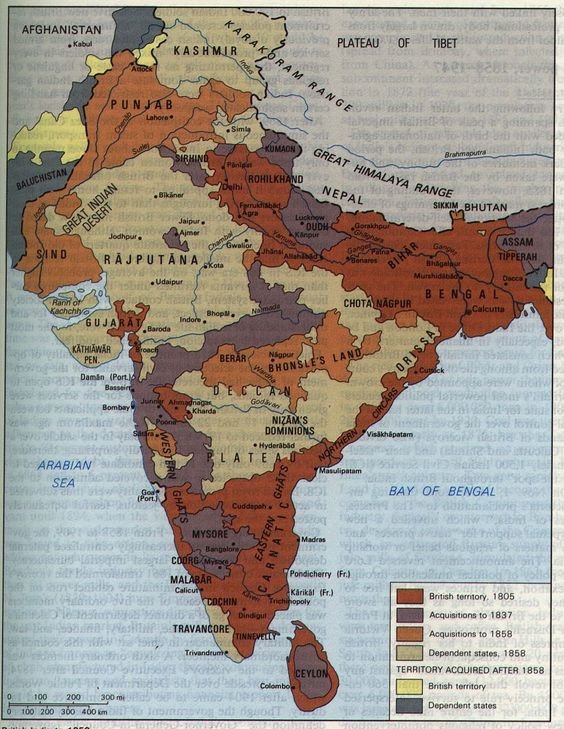
The Chauhans and the Pratiharas rose in dominance during the Rajput period. The whole of North India was spread with the Rajput’s as they were the Warrior clan and had every northern part under their supremacy during this period. The victory in the tripartite Struggle established the suzerainty of the Pratiharas in Northern India. However, the Pratihara supremacy failed under the heirs of the Mahipala Pratihara. Under Prithvi Raj Chauhan the Rajput power regained itself.
The Rajput shadowed a Traditional lifestyle while depicting the martial spirit. Rajput celebrates the festival of Rakhi as they believe the bracelets would avert the evil in battle. Rajput carry their chivalric grandeur and ethnicity in their dressing style and tradition while booming a distinct style in their traditional costume. The citizens from this community prefer to embellish themselves with various jewelry and ornaments. As a leader of a main feudal society, they played the role of protectors. Prosperous and powerful, they wore garments made of fine fabric, with intricate designs and a high degree of ornamentation.

The Rajput men, who were fundamentally warriors, always present a distinctly male appearance. Aristocratic dresses were mainly worn by Rajput men that are quite elaborate court-dresses and consisting of Pagadi, Ang Rakhi, Churidar pyjama, and a belt called the “Kamarbandh”. The Angrakhi is a long upper garment worn over a sleeveless close-fitting front. It had an asymmetrical front yoke and is open, at the center and tied at the corner in the center-front waistline. ‘Jama’ and the ‘Shervani’ are the other upper garments worn by the royal people. The lower garment includes Trousers. ’Dhoti’ is also worn, though styles differ from region to region. The Teveta style is most commonly worn in the Thar desert region, while the other regions use the tilangi style.
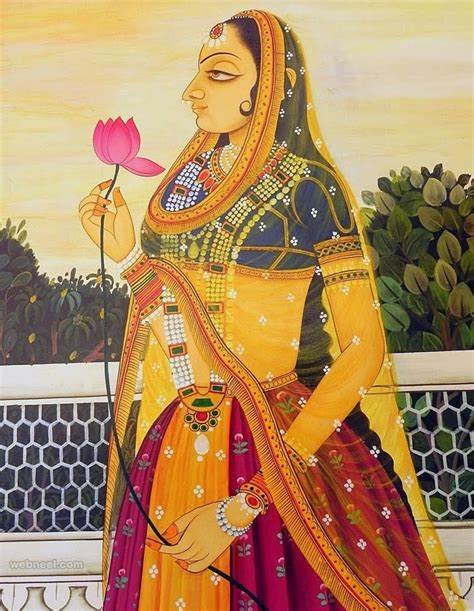
‘Odhna’ is one of the most important parts of the women’s costume which is woven in Brocade and is worked in silk thread on a bright base, like pink or violet. The Rajput women wear different types of ‘Odhnas’ depending on different occasions. The Rajput women wear jewellery and these are exquisite in style and design. The clothes of the young Rajput girls embrace an upper garment called `puthia` which is made up of cotton fabric in colors of yellow, pink, and white and maybe either plain or printed. The young girls wear a slack pyjama called `sulhanki`. The married women wear `kanchli`, `angia` and `kurti` as upper garments that are made of satin or fine cotton in red, magenta, green or yellow. Widows and unmarried women of the Rajput communal wear `polka`, which is a half-sleeved bodice that ends at the waist. Moreover the `ghaghra` of the Rajput woman is a large gored skirt of line satin, silk or organza. The `ghagras` are decorated with gold or silver embroidery that display the wealth of the wearer. Rajput women wear three styles of `ghaghra` namely Kalidar, `charpaui` and `kalipatti`. Rakhdi is a head ornament; `machi-suliya` is worn on the ears. Their necklaces are the `tevata`, the `pattia` and the `aad`. The `rakhdi`, `nath` and the `chuda` were symbols of a woman’s marital status. Ornaments for the feet include the `jod`, `rimjhol` and the `pagpan`. The footwear of both genders is very alike called `juti` and is made of leather with solid embroider on the surface.
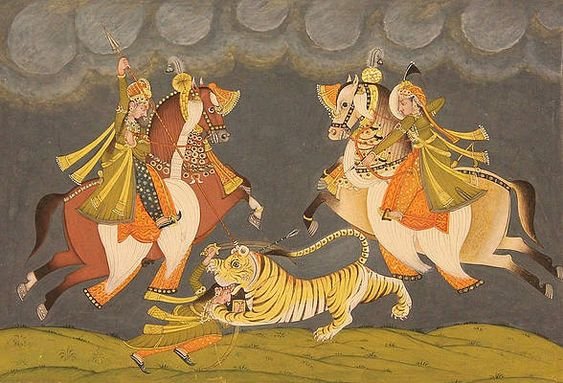
Now-a-days, Rajputana dresses intricate and extensive detailing in a single piece of clothing. These dresses are curated with utmost care and affection because the finest and most richly decorated set of clothes which are used with heavy embroidery while ornamentations are also pertinent elements. These Rajputana bridal outfits are so in trend these days that every this and that Bride wants to look like a royal and pretty one.
